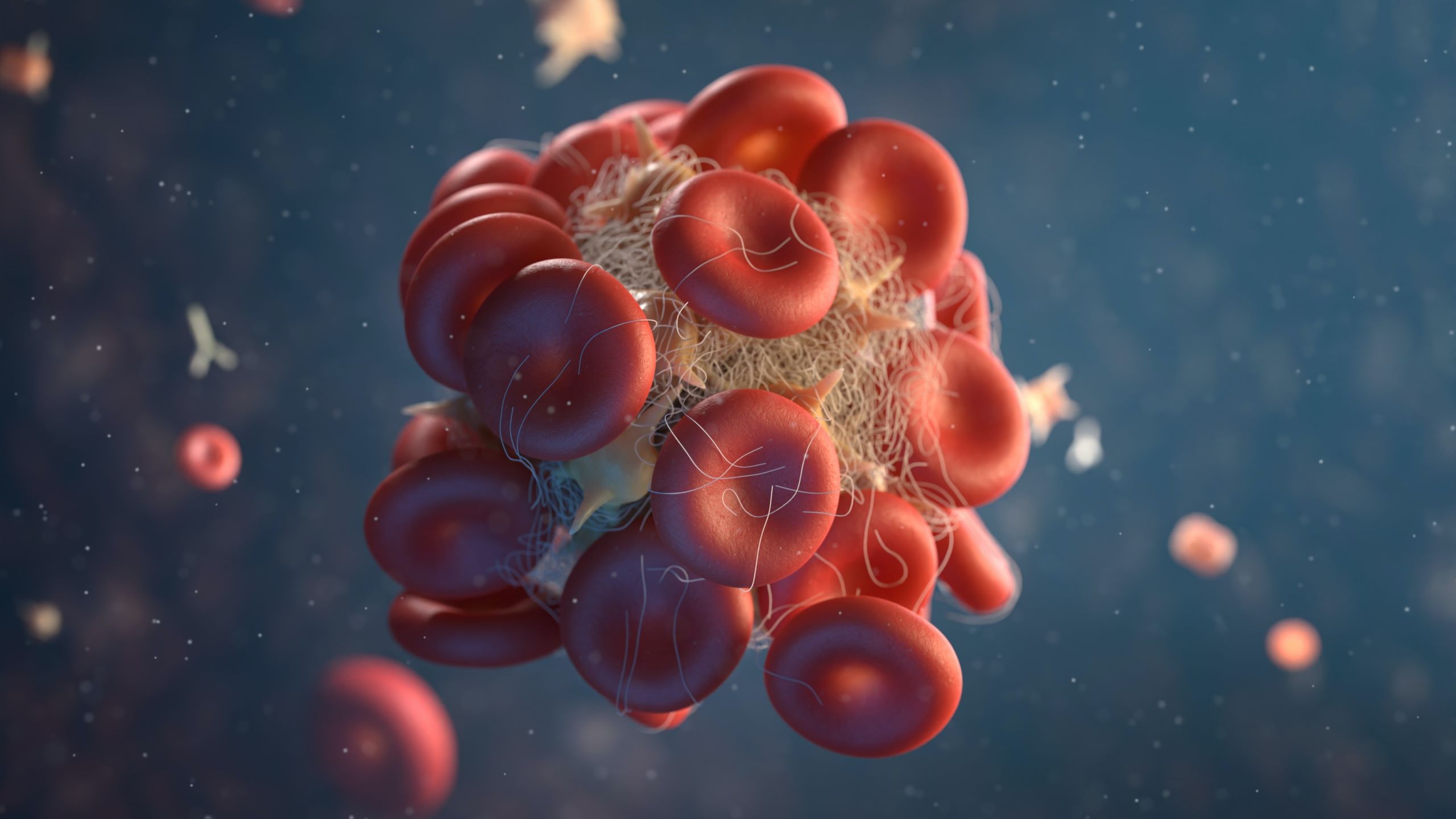The Lamen
Cognitive deficits from long COVID connected to blood clots in the brain

The mechanism of blood clotting is like a well-choreographed dance — one that depends on several clotting factors to ultimately form a stable “plug” by capturing red blood cells. These usually harmless clots can sometimes result in unwanted consequences, including the brain fog that inflicts patients with long COVID.
Photo: Thavis 3D/Unsplash
Long COVID has largely remained an unexplained herd of over 200 symptoms, but “brain fog” has differentiated itself as one of the more common manifestations. The somewhat ambiguous neurological symptom has remained difficult to define by patients and experts alike — typically indicating persistent problems with memory and concentration.
A new study suggests that these cognitive deficits are caused by blood clots in the brain, possibly through mechanisms similar to those that cause some forms of dementia.
- Published in Nature Medicine, the study looked at blood tests of 1,837 patients hospitalized with COVID-19. The scientists found two biomarkers that were associated with cognitive problems: one was the high levels of a protein called fibrinogen, and the other was raised levels of a protein fragment called D-dimer — both involved in blood clotting.
- People with brain fog 6-12 months after infection often had high levels of one or both proteins in their blood, the researchers found.
- People with high fibrinogen levels were at an increased risk of post-infection brain fog whether they had COVID-19 or not.
While how these proteins might be affecting the brain is not clear, the researchers speculate that fibrinogen might be directly restricting blood flow to the brain. The D-dimer, on the other hand, likely indicated clotting in the lungs — restricting oxygen supply to the brain and even causing respiratory problems.
Blood clots in the lungs and brain have been linked to some types of dementia, including Alzheimer’s, with fibrinogen likely playing a role. Involved in blood clotting, elevated blood fibrinogen levels can lead to reduced blood flow and aggregation of red blood cells.
The Post-Acute Sequelae of SARS-CoV-2 infection or “long COVID” is not just a single condition, but a collection of different subtypes.
- A study defined long COVID as “symptoms that persisted for at least 84 days after the initial positive test.”
- They later classified these people into three groups: the most common group experienced a cluster of neurological symptoms like brain fog and fatigue, the second experienced respiratory symptoms like severe breathlessness, and the final group experienced diverse symptoms, such as heart palpitation, changes in hair, and muscle ache.
- Now a federally identified disability, long COVID might “substantially limit one or more major life activities.”
Experiencing debilitating cognitive symptoms months or years after initial diagnosis indicates our limited understanding of these post-acute sequelae. What experts call for is more concrete research and personalized treatment.